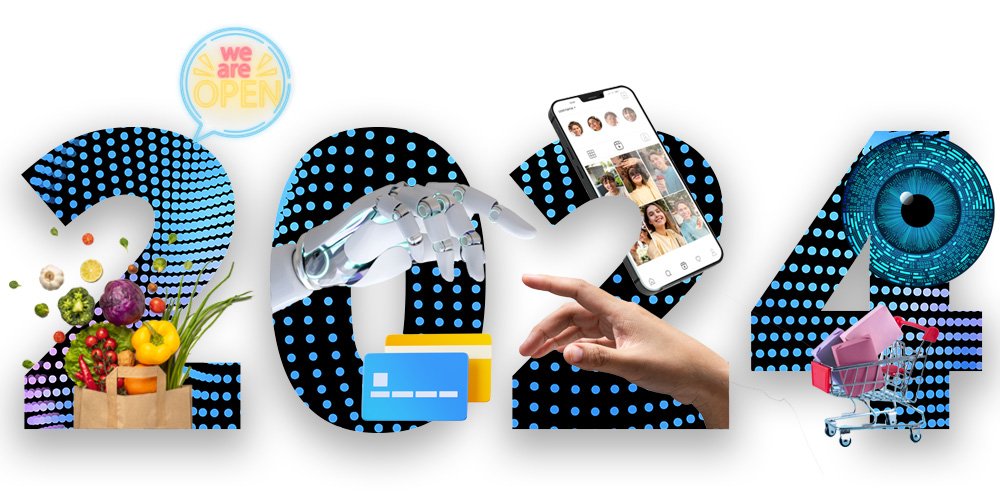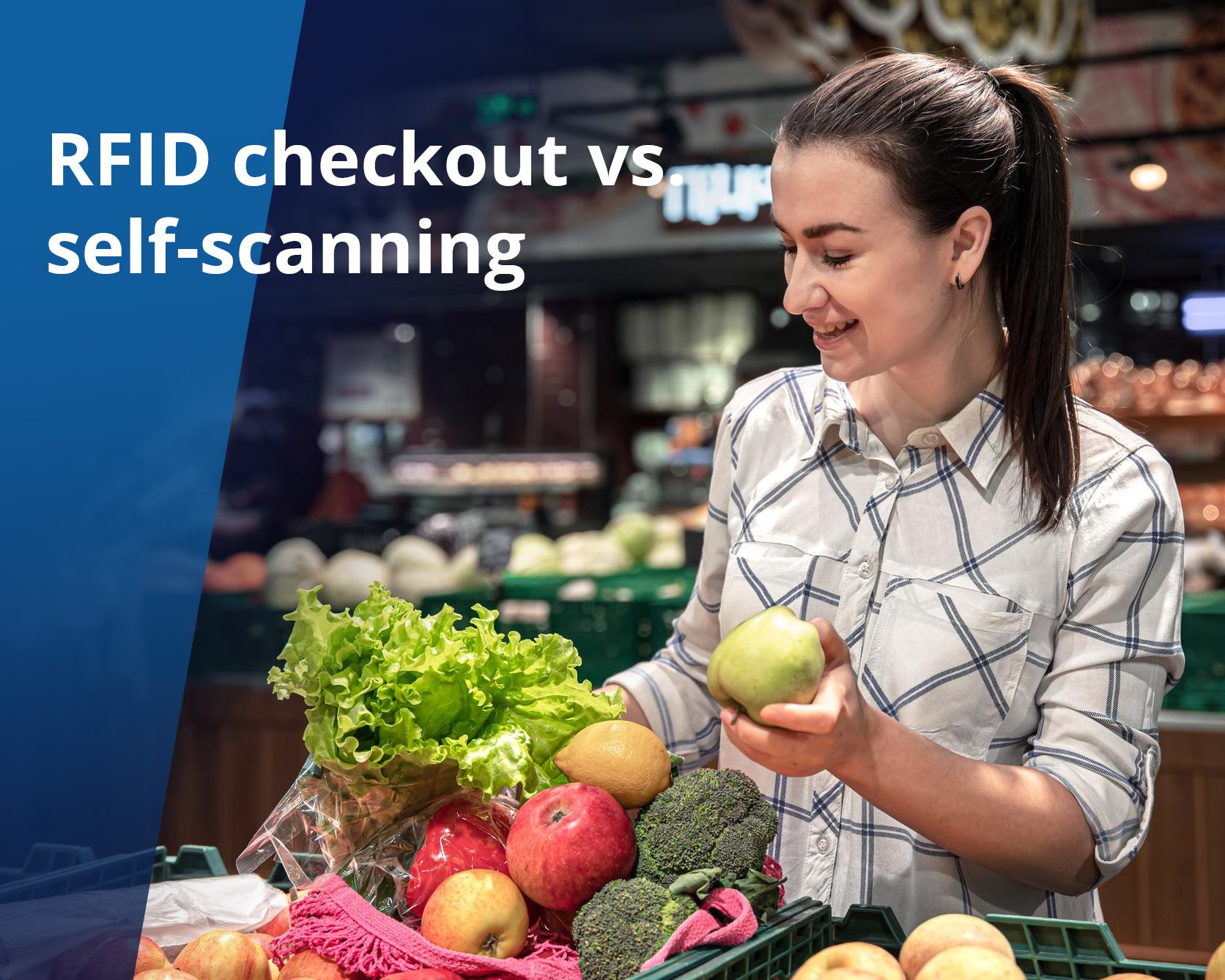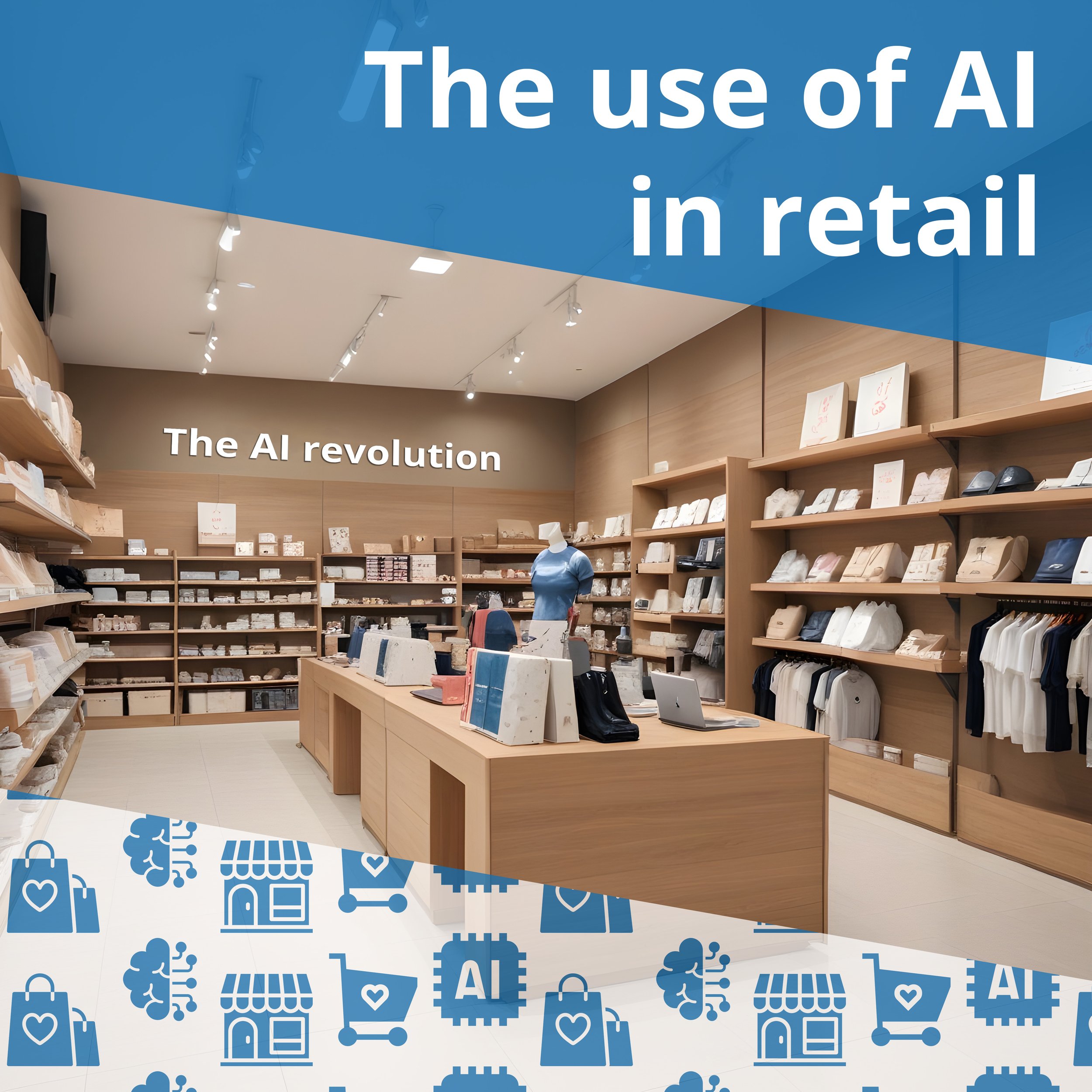A look into 2024: What can we expect for self-scanning?
2023 was an eventful year for the world – also for retailers. New solutions have emerged, and more retailers are seeing the benefits of investing in smart retail technology. Autonomous shopping has become a popular concept, and various companies are trying to provide a truly frictionless shopping experience. But what will happen in 2024? Let’s take a look at some of the expected outcomes here!
The race towards a frictionless experience continues
As self-checkout, self-scanning and other retail solutions has gained popularity all over the world, the development has intensified - with the goal to provide a frictionless shopping experience. This is not only driven by the technological advancements surrounding AI, RFID and machine learning; the current economic climate has made shoppers and retailers more price aware.
Inflation, wars, the threat of recession and other factors have impacted retailers in various ways. Despite these challenging factors for retailers, research suggests that the end-consumers still expect quick, convenient and personalized shopping experiences. This makes the investment decision for retailers complex - it needs to have a relatively fast ROI. Retailers want to ensure that they provide their customers with the best shopping experience but use a cost-effective solution while doing so.
The tough economic times has also affected the shoppers, with some of the most noticeable effects being increased shrinkage and higher price sensitivity. This calls for for higher level of security, while maintaining a personal relationship between the retailer and the shopper. Customer loyalty stays important, as always.
A broader self-scanning offering
How shoppers self-scan depend on the option provided by the retailer, which in case is a dependant on several factors such as technological readiness and budget influences. As of now, it is most common for retailers to offer self-scanning with smartphone or dedicated device, but not both. This is expected to change, according to RBR, as many retailers providing handheld devices also will make self-scanning with smartphone an option.
“As self-scanning with smartphone has a lower initial investment, this was an expected development”, says Fredrik Englund, Managing Director at Datema Retail. “Retailers want to ensure that shoppers are able to self-scan regardless of device, and to always provide a convenient shopping alternative.”
By offering both self-scanning alternatives – and perhaps even more in the future – retailers can also make sure to gather valuable shopping data and to push relevant promotions when adequate. It enables them to gain a closer relationship to the shoppers – a way to increase customer satisfaction and hopefully customer loyalty.
A growing market
Has the limit for self-scanning been reached? Not according to retail experts, who see a bright future for self-scanning on a global level. According to RBR, mobile self-scanning is expected to grow by an average of 20% per year. By 2028, self-scanning is expected to have tripled.
While shoppers in some markets, such as Sweden and Netherlands, have grown accustomed to self-scanning being an alternative, other markets are still facing some scepticism or lack familiarity with the concept. This is expected to change over the next few years, due to an increase in technological maturity.
Furthermore, self-scanning which has previously mostly been associated with convenience stores or groceries, is likely to expand to other types of retail stores. According to RBR, more than a third of the stores offering self-scanning are non-grocery already, a number that experts believe will increase.
Emerging technologies
While self-scanning remains one of the most cost-efficient and appreciated retail technologies out there, other new retail solutions claim to provide frictionless shopping as well. These solutions use a variety of technologies and tools, such as ai, machine vision, smart carts or scales. During 2024 the variety of solutions available is expected to increase - new and improved retail solutions will be presented on retail events to come – however these solutions face numerous challenges.
For example, most of the technologies are expensive to implement – for example frictionless shopping using cameras and smart shelves requires a massive investment in hardware. Furthermore, while early versions of innovative features gain significant attention, the actual product is usually not ready to go live in any near future.
Nonetheless, we can expect to see plenty of solutions presented in 2024 – and some will be worth keeping an extra eye on!
Also for self-scanning, the development is ongoing. As technological advancements are being made, smart self-scanning solutions can be integrated with these. This goes for both hardware and software – a well-made self-scanning solution is flexible and will stand the test of time.
What challenges lie ahead in 2024?
So is the future all bright? Well, it depends on how to handle it. Here are some of the challenges that retailers might face, in connection with self-scanning and other similar technologies.
More solutions on the market – not all of them are smart
A common misconception is that self-scanning is always the right choice, regardless of solution. While it is highly convenient both for retailers and their shoppers when done right, there needs to be a fit between the self-scanning solution and the retailer’s needs. Moreover, shoppers who use a self-scanning solution that is subpar are unlikely to self-scan again.
As more retailers show an interest in self-scanning, there are more solutions available on the market. But by being careful and selecting a well-planned solution built on experience and expertise, retailers can avoid some of the most common pitfalls – and positively affect the intention among shoppers to self-scan in a regular basis.
Coping with new technologies can be difficult
As new technologies are being introduced, retailers might hesitate how to incorporate these with the existing store setup. Moreover, depending on the market, the level of technological readiness among shoppers might differ greatly – meaning that retailers need to know which technology to implement.
This goes not only for hardware, but also for new systems or software – where should retailers invest? Moreover, is the existing self-scanning setup compatible with these new features? These are questions that become more pressing as new technologies are introduced on the market. Retailers will need to put larger efforts into future-proofing their self-scanning solution, and to select a smart solution that is continuously updated and compatible with the newest features.
What about the personal interactions?
As frictionless and autonomous shopping is on the rise, some raise concerns about the lack of personal interactions – such as no staff members to chat with, or not receiving any personalized offers. This also raises the question regarding how to establish a two-way communication between the retailer and the shopper.
The issue at hand is not necessarily shoppers reluctance towards autonomous shopping or self-scanning technology – it is the fear of not having any human interaction when needed. Some shoppers dread the small talk at the conveyor belt, but still find comfort in knowing there are personnel available to ask for help when needed. Studies show that individuals still prefer human-service channels over digital, which is something that retailers need to take into account.
Also when having an autonomous shopping solution in place, the two-way communication for sending personalized promotions or receiving input is important. One way to bridge this gap is by having staff available in-store, to guide shoppers with enquiries, but also to receive input and feedback. Moreover, by providing personalized offers in the self-scanning app, shoppers can still receive discounts and promotions tailored for them.
What can we expect to see in 2024?
To summarize, the number of self-scanning solutions are expected to grow further, and to reach more markets. This while retailers already offering self-scanning will broaden their offered alternatives.
During the coming year we can also expect to see more solutions being presented, with the aim of achieving a more frictionless experience. But as these are introduced, one can also expect retailers to be more selective with which solution to implement.
Moreover, as some solutions have been tested longer than others, it is reasonable to expect some solutions to gain a marker share – well-tested and experienced solutions will grow on the market.





